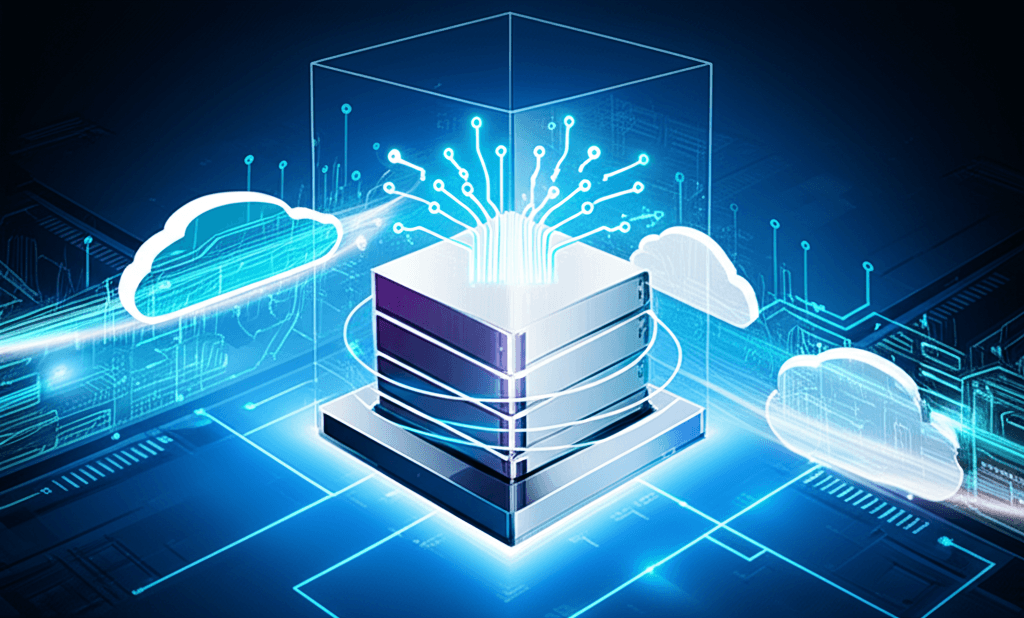IBM Power11 Brings Unbreakable AI to Mission-Critical Business Operations.
IBM's Power11 redefines enterprise AI, combining extreme reliability, integrated security, and on-chip inference for critical workloads.
July 11, 2025

IBM has unveiled its Power11 enterprise server platform, a strategic move designed to integrate artificial intelligence workloads into mission-critical IT environments without sacrificing reliability. Announced on July 8, 2025, the new line of servers directly addresses the challenge of deploying AI applications that require constant uptime, a non-negotiable for industries like banking, healthcare, and government.[1][2][3] The Power11 architecture represents a significant redesign across the processor, hardware, and virtualization stack, centered on providing extreme availability and simplifying the operational complexities that have hindered widespread enterprise AI adoption.[1][4] With promises of 99.9999% uptime, equivalent to just over 30 seconds of unplanned downtime per year, and a novel zero-downtime capability for planned maintenance, IBM is betting that a resilient, integrated platform will be more attractive to enterprises than the current fragmented approach of specialized AI hardware and traditional servers.[5][6][7]
A core innovation of the Power11 platform is its "zero planned downtime" architecture, engineered to eliminate service disruptions during system maintenance.[1][8] This is achieved through technologies like autonomous patching and automated workload movement, allowing IT teams to perform upgrades and apply security patches without taking critical applications offline.[9][6] This capability is a direct response to enterprise needs in an era where AI-driven insights inform real-time, critical decisions, making any form of downtime increasingly unacceptable.[5][10] Complementing this is a robust cybersecurity posture, featuring the IBM Power Cyber Vault, which guarantees ransomware threat detection in less than one minute.[1][11] The system uses proactive, immutable snapshots based on the NIST cybersecurity framework to defend against data corruption and encryption attacks.[9] Furthermore, Power11 incorporates quantum-safe cryptography to protect against future threats, addressing the "harvest-now, decrypt-later" attack vector.[9][12]
Performance and efficiency have also seen substantial upgrades. IBM reports that Power11 delivers up to 55% better core performance compared to its Power9 predecessor and up to 45% more capacity in entry and mid-range systems than Power10.[1][11] In a direct comparison with competing x86 servers, IBM claims Power11 offers twice the performance per watt.[1][11] A new "Energy Efficient Mode" can further improve server efficiency by up to 28% with a minimal impact on throughput, a feature designed to help organizations meet sustainability goals and reduce operational costs.[1][8] Architecturally, the high-end Power E1180 model can scale up to 256 Power11 processor cores and 64 TB of DDR5 memory.[12] The platform boasts a memory bandwidth per socket of up to 1,200 GB/s, significantly outperforming competitors.[6][13] This immense bandwidth is crucial for feeding data-hungry AI models and reducing latency in processing.
Strategically, IBM is positioning Power11 not as a direct competitor to high-end AI training hardware like Nvidia's GPUs, but as a robust and simplified solution for AI inference.[7][14] The focus is on the practical application of pre-trained models within core business operations, where reliability, security, and low latency are paramount.[14][15] To this end, Power11 features built-in, on-chip acceleration for inference workloads.[1] This capability will be significantly enhanced by the IBM Spyre Accelerator, a dedicated system-on-a-chip for AI inference slated for release in the fourth quarter of 2025.[1][5] Spyre will be available across IBM's enterprise portfolio, including Power11, IBM z17, and LinuxONE systems, creating a cohesive AI-ready ecosystem.[1][9] The platform's integration with Red Hat OpenShift AI and the planned availability of IBM's watsonx.data lakehouse by the end of 2025 further signal IBM's intent to provide a comprehensive, hybrid-cloud-ready AI infrastructure.[5][9] For the first time, IBM is making its high-end, mid-range, and entry-level servers available simultaneously, alongside virtual server options in the IBM Cloud, streamlining the path to a hybrid environment for customers.[1][4]
In conclusion, the launch of Power11 represents a significant and calculated move by IBM to redefine enterprise AI infrastructure. By focusing on unmatched uptime, integrated security, and powerful, efficient inference capabilities, IBM is addressing the primary pain points for businesses that run mission-critical operations. The platform's emphasis on a unified, full-stack solution—from silicon to software—challenges the prevailing, more fragmented market approach. While facing stiff competition from the dominant x86 architecture, Power11's unique value proposition of extreme reliability and seamless AI integration is designed to resonate strongly with its established base in finance, healthcare, and government, and attract new customers for whom downtime is not an option.[11][16] The success of this strategy will hinge on whether enterprises prioritize this vision of a secure, always-on, integrated AI platform over the specialized, component-based systems that currently dominate the landscape.